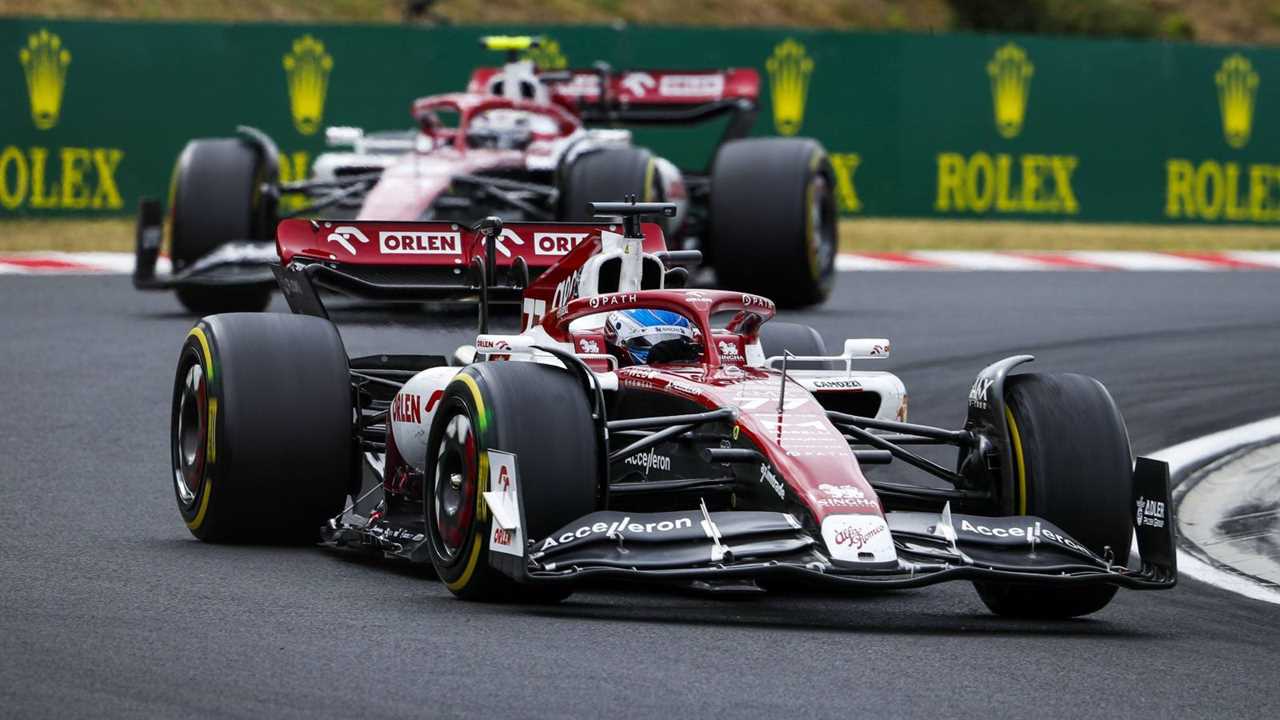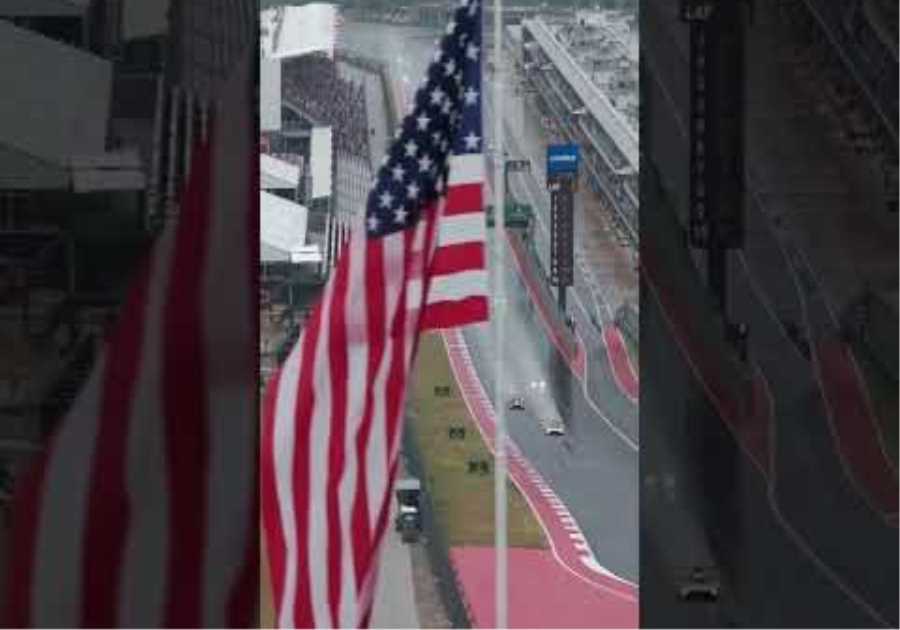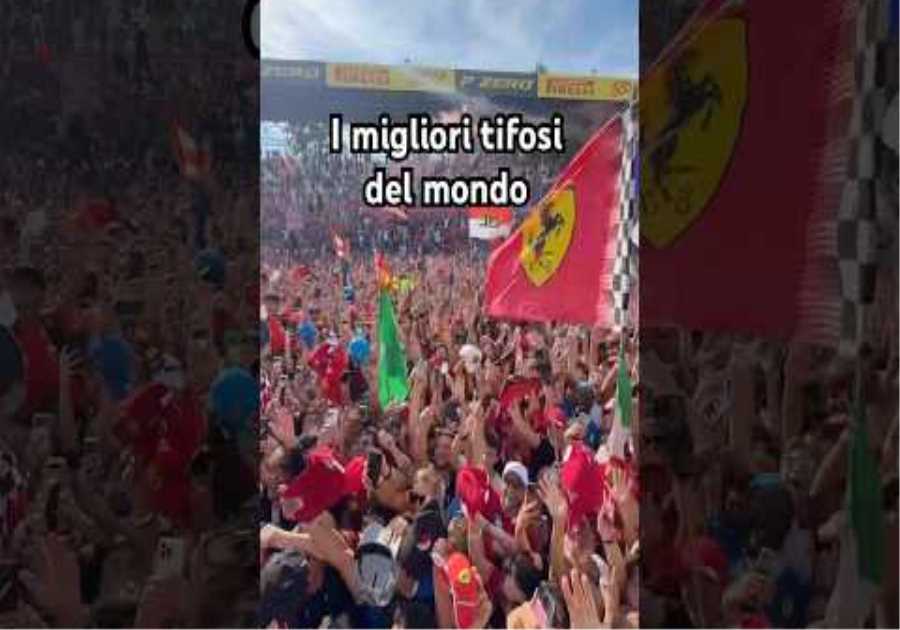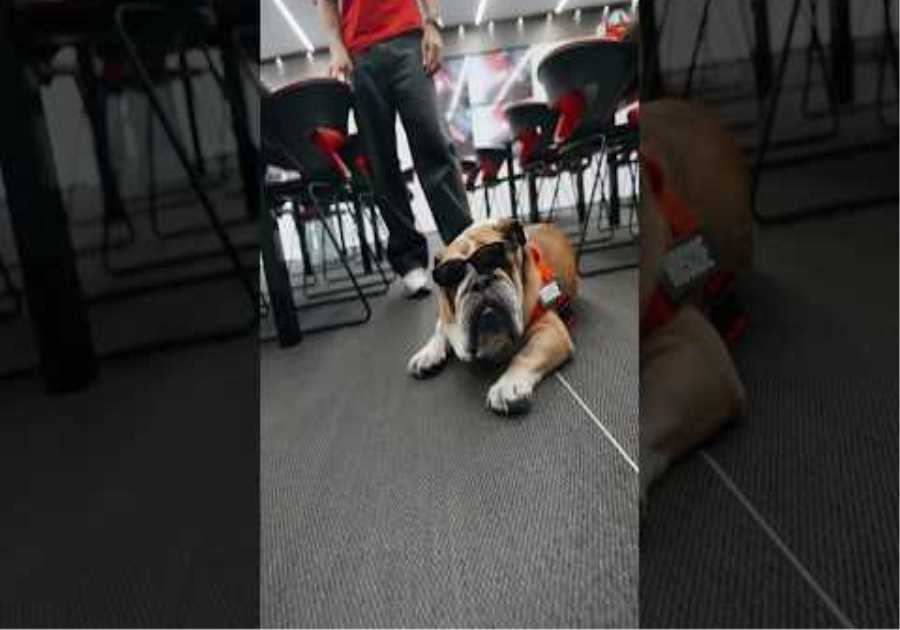
There were high hopes for Alfa Romeo as they came flying out of the blocks in 2022, but it was a high level which could not be sustained.
And it really was a very strong starting point for the Swiss outfit, who had gone from one of the midfield stragglers to leaders as their C42 challenger sent out a warning to rival teams.
Armed with an all-new driver line-up of Valtteri Bottas and Zhou Guanyu, Alfa Romeo gained the services of a 10-time race winner in Bottas, who after five Constructors’ title-winning years in succession at Mercedes, was ready to step out of the Lewis Hamilton spotlight and shine as the leading force in this new project.
Zhou meanwhile, who caught the eye as a four-time race winner in Formula 2 the year prior, was a driver who also believed Alfa Romeo could open up a potentially lucrative market for the team.
It was perhaps to be expected that Zhou would need some time to get fully up to speed, but Bottas was on it from the start of this new regulatory era in Formula 1, driving a C42 which enjoyed the benefit of being lighter than many of the rival challengers.
As Bottas scored points in six of the seven rounds to start the season, the potential of a podium finish was being mentioned for driver and team, especially after his season-best result of P5 at Imola, which saw the Finn harrying his Mercedes replacement George Russell for that P4 spot.
This really was as good as it got though for Bottas and Alfa Romeo, his P7 finish in Canada followed by a run of 10 races outside the top 10. Zhou meanwhile scored just one point in that time and for the rest of the season, in actually. Only three more arrived for Bottas.
Alfa Romeo’s decline could be in-part traced to the successful efforts of rival teams to shave weight off their challengers, this a straightforward way for Alfa Romeo’s advantage to be whittled away, while Alpine’s consistently successful upgrade plan, coupled with McLaren’s recovery mission, ultimately Saw those two teams establish themselves as the leading midfield duo.
Unlike in 2021, 2022 saw fewer opportunities for shock results and the accompanying hefty points hauls, so Red Bull, Ferrari, Mercedes, Alpine and McLaren could often be found hogging the points-paying positions, bad news indeed for Alfa Romeo.
Still, with Haas also struggling to hit their early heights as the campaign went on, surely this tail off in performance would not be too costly for Alfa Romeo against the American outfit? Well, they then came up against another threat in the form of Aston Martin.
With Sebastian Vettel taking 16 points across the Singapore, Japanese and United States GPs, Lance Stroll adding a further eight in that time, suddenly Alfa Romeo found themselves in danger of finishing P7 behind the Silverstone outfit.
Upgrade packages in Suzuka and Austin gave Alfa Romeo the boost which they desperately needed as this battle with Aston Martin went to the season-ending Abu Dhabi Grand Prix.
There Alfa Romeo were forced to get creative, Aston Martin enjoying the pace advantage. Strategy then was the only option as Alfa Romeo looked to turn Bottas and Zhou into a pair of frustrating and effective roadblocks.
It looked like the plan had paid off, though Lewis Hamilton’s retirement threatened to offer a late hammer blow as this promoted Vettel into the points. That tied both teams on 55 points, though Alfa Romeo were still clinging onto P6 as it stood by virtue of Bottas’ Imola P5.
The problem was that Daniel Ricciardo, in P9, was very much in Vettel’s sights. But, as now former Alfa Romeo boss Fred Vasseur became a Ricciardo superfan for the closing stages, the Aussie ultimately held Vettel off and unintentionally sent P6 the way of Alfa Romeo.
Just how valuable will P6 be over P7 going forward for Alfa Romeo? It would seem very. With Vasseur hinting at a difference of around $10million in prize money, the team were clear that this achievement will be anything but insignificant.
So, with Bottas and a now more experienced and competitive Zhou still at the wheel, Alfa Romeo have every reason to hope for a productive 2023 campaign, the final season of the Sauber-Alfa Romeo partnership ahead of Audi’s entrance into the equation.
Andreas Seidl has made the move from McLaren to Alfa Romeo to become CEO in that build-up into the Audi era, so with his experience of taking McLaren back to the upper echelons of the midfield, plus that deeper pool of cash to play with, maybe this time Alfa Romeo can be the hunter with a more sustained and productive development path, rather than the hunted.
Read next: Audi begin expansion at Neuburg factory in preparation for F1 2026 entry






